Food for Life: Your Guide to the New Science of Eating Well
£10.40£12.30 (-15%)
Additional information
| Publisher | 1st edition (4 Jan. 2024), Vintage |
|---|---|
| Language | English |
| Paperback | 528 pages |
| ISBN-10 | 1529919665 |
| ISBN-13 | 978-1529919660 |
| Dimensions | 12.9 x 2.2 x 19.8 cm |




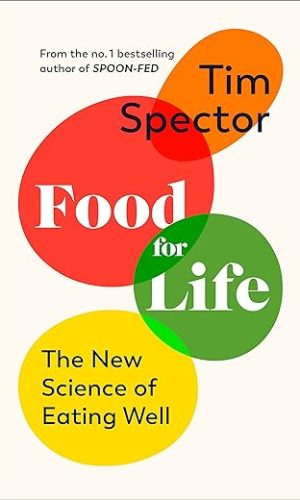
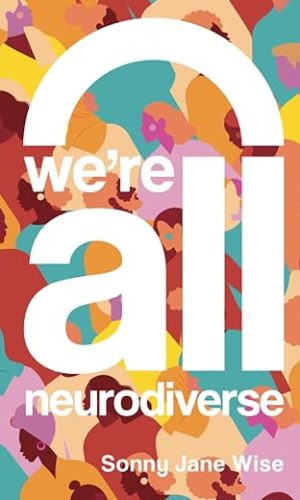
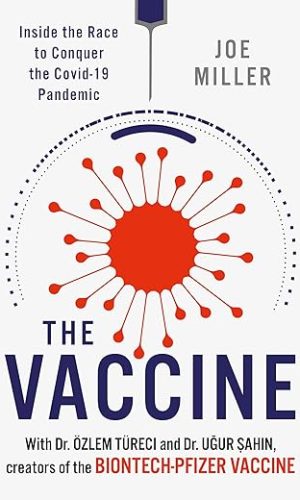

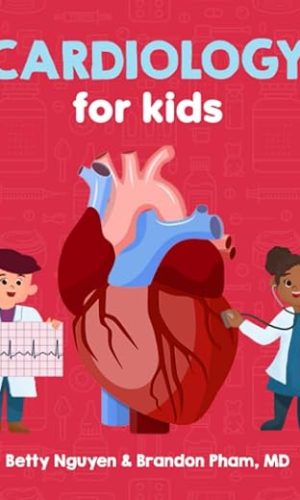

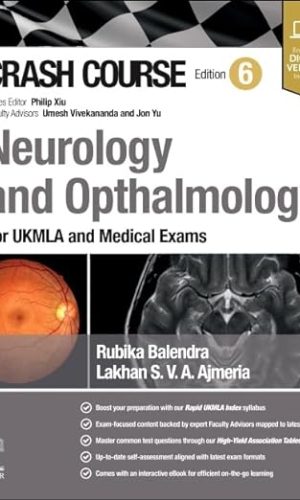

by Steve Webb
I would strongly recommend buying this book, although I felt a few things were questionable.
We know people in the UK do not get enough vitamin D from sunshine in the winter, which is a serious problem. This book suggests on pages 232,233 getting your vit D supply from mushrooms that are fed on daylight but it does not state how much vitamin D/day is required. The only daylight fed mushrooms in my local Yorkshire supermarkets are Chestnut mushrooms which only have 200 IU per 100 grams which is not enough to meet even the UK Department of Health and Social Care standards of 400 IU/day.
The USA standards I feel are a bit more realistic of 600 IU and over the age of 70 (which I am) of 800 IU. I like to keep my Vit D at high optimum levels (i.e. 125 – 200 nmol/L in the blood – UK units not USA) so I supplement my food with vit D3 capsules which are essential for many reasons. In the winter my vit D3 capsule intake is 4,000 IUs per day plus vit K2 (200 micrograms). Very high vit D dosage can be toxic so I have been monitoring my levels for the last 10 years.
The book says “eating two portions of fish per week is not needed for health”. The body requires high amounts of EPA and DHA (omega 3 acids). Foods that have high levels of EPA and DHA are mainly from fish, algae and some meat products. Being a pescatarian, I cannot get EPA, DHA or vitamin D from organic meat.
Although some plant foods (e.g. walnuts) have high levels of ALA which can be converted by the body into EPA and DHA the converted amounts are very small indeed. Only about 8% of ALA is converted to EPA, and about 4% is converted to DHA. ALA is also a form of omega-3 and is a life saving nutrient in its own right.
The NHS recommends 500 milligrams of EPA and DHA per day. The American Heart Association recommends 6 ounces (i.e. 170 grams) of fatty fish/week e.g. mackerel has 9 grams of EPA and DHA i.e. 1,285 milligrams per day. More recently the paper “The influence of dietary and supplemental omega-3 fatty acids on the omega-3 index: A scoping review” suggests 1,000 to 1,500 milligrams of EPA plus DHA as triglycerides (e.g. fish, good supplements) daily for at least 12 weeks to get to an optimal level for reduced risk of chronic disease, most notably cardiovascular disease. However there is some evidence that DHA is not good for your heart whereas EPA is good – so do your own research to decide what is best.
Getting high sugar spikes can be a very serious health problem. The book does not stress enough the importance of exercise after a meal which significantly reduces the intensity of these sugar spikes.
The book notes section is fairly up to date i.e. 2022 references. So I was surprised it did not mention the 2020 paper “Associations of fat and carbohydrate intake with cardiovascular disease and mortality: prospective cohort study of UK Biobank participants” that shows the optimal amount of macronutrients of sugar, starch, fibre, different type of fats and protein. Most people have too much omega-6, which can increase inflammation and disease, and not enough omega-3. Ideally need 2:1 ratio of omega-6:omega3.
Also on the theme what is the optimal amount of macronutrients, I did not see a reference to the 2017 paper “Food groups and risk of all-cause mortality: A systematic review and meta-analysis of prospective studies”. This paper shows the optimal amount of whole grains, refined grains, vegetables, fruit, nuts, legumes, eggs, dairy and fish per day. For heart and stroke issues, the diet needs to be slightly different, e.g. paper “Food groups and risk of coronary heart disease, stroke and heart failure: A systematic review and dose-response meta-analysis of prospective studies”. Also the 2022 paper “Estimating impact of food choices on life expectancy: A modeling study” is well worth looking at.
Getting the right amount of macronutrients is a serious issue. I would have found it useful if the book had given examples of what an optimal diet would look like per day for a week. Its needs to be at least a week because each day there will be different amounts of macronutrients. For example Day 1: 400 grams of vegetables (1 big tomato, 1 sweet pepper, mixed salad leaves, sauerkraut, kimchi, half avocado, small bowl of vegetable soup); 200 grams of legumes (big cup of beans, lentils, peas); fruits 300 grams (1 apple, banana, handful of berries); whole grains 100 grams (1 whole wheat sourdough slice, bowl of whole oat grains); 1 handful of walnuts (30 grams); 20 grams of seeds (flax seed, chia seed); 100 grams of Kefir; 20 grams feta cheese, 100 grams of oily fish (e.g. sardines); 30 grams of plant oil (e.g. at least 2 tablespoons of extra virgin olive oil); organic milk for tea and coffee. Day 2: …..etc,…. Note that below the age of 65, protein intake should be low but higher after that age. Certain of the above foods may give you a high sugar spike because of your glycemic response.
A number of assertions made in the book are not backed up by any references. This means doing your own studying to check if the book is correct or not, or deciding it’s not proven.
by Amazon Customer
Bought this as gift for a friend who is about to have a hip replacement op and wants to make some lifestyle changes. She’s found it helpful and is already implementing some of its sage advice. It was a very welcomes gift indeed!
by Andrew Fontenelle
“Food for Life” had me rethinking some of my ideas on food and should form a valuable basis for making food choices. Part one of the book focuses on our gut, the microbiome, and our attitudes to food. The second part looks at various foods, including meat, seafood, fruits, vegetables, fungi and mushrooms, nuts and seeds, and more, outlining what we know about their benefits or not.
A couple of essential takeaways were (1) we need to be careful about making generalisations about food and the effect of what you consume will be very specific to each individual, and (2) that we should be cautious of the claims made about the foods we consume without any supporting data.
A worthwhile read which I recommend.
by liz
I’m really enjoying this book. I read Chris Van Tulleken’s book on UPF and that lead me to a further investigation of what we eat. Both books well worth reading.
by Amazon Customer
I’ve read a lot of books on diet and health. I like Dr Spector’s easy practical and balanced approach to this complex area of science.
by Nina TL
UK government website of as recent as 2021 has published recommendations that everyone in the UK should be taking 400 international units of Vitamin D daily as we simply can’t make enough of this vital substance (ie are Vitamin D deficient) between Oct and March in this part of the world. Unless, of course you can afford to sun yourself in warmer climates during Winter holidays, which most of us can’t… Everyone I know who takes Vitamin D in the Winter has noticed a reduction in common infections. Anecdotal data, I know, but consistent nonetheless.
Not sure why Tim is so against this vital supplement, in spite of his earlier disappointments. Seasonal Vitamin D supplementation is not an optional indulgence in the northern hemisphere and not everyone can afford the sunkissed mushrooms only sold in luxury supermarkets… Also not convinced in the reliability of the self-selected Zoe app participants data. Sounds inclusive and democratic on the surface, but lots of variables seem tricky to control for, such as the socioeconomic background, availability of time and technology. I tried filling it in during the first COVID months but simply didn’t have the time to carry on. That’s telling me that a busy clinician like me might be self-selected out…
Otherwise, lots of useful info as expected, really worth a read. I particularly value the stance on ultra processed foods and not pushing any extreme diets.
by Katie W
Evidence based informative text about the food we eat today and what we can eat to improve our wellbeing and what we can avoid to improve our health and contribute to improving the chance of our planets survival
by VDK
This book is full of essential information backed up by science. Tim Spector is an expert in the science of nutrition and I think there are a lot of realisation moments in reading this book as you gain understanding of the importance of understanding our own bodies regarding nutrition. If you only read one book on understanding nutrition and health, it should be this one.